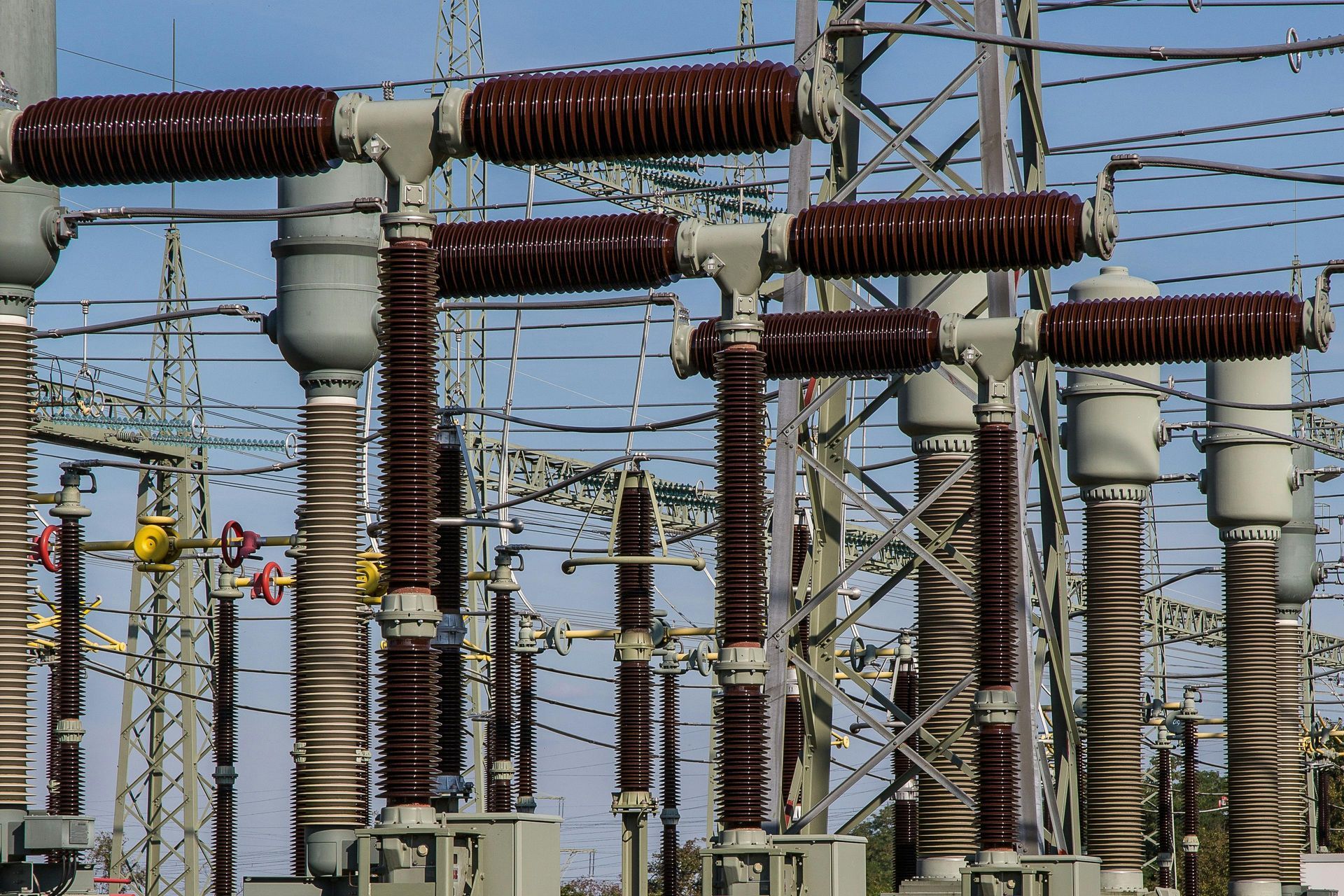2025 Energy Procurement Strategy: What I’d Do If This Were My Hotel
2025 Energy Strategy: What I’d Do If This Were My Hotel
Every month, hotel owners ask me the same two questions:
- “If this were your hotel, what would you do?”
- “Which energy supplier truly has the best rates?”
Both are fair—and both deserve more than a one-size-fits-all answer.
Understanding Each Hotel’s Variables
When I advise clients, I look at brand, room count, ADR, market conditions, forecasted rate increases, and risk tolerance. The goal is to find out how quickly a hotel can recover the cost of future rate hikes. Using ADR and annual consumption, we can calculate how many extra rooms a hotel must sell to break even. For example: if rates rise by $0.015/kWh on 500,000 kWh (≈ $7,500 per year) and your ADR is $150, that’s about 50 additional occupied nights—or roughly 4 to 5 extra rooms per month. Seeing the math in room-night terms makes the energy conversation tangible.
Short-Term vs. Long-Term Rates
Over the past 2–3 years, short-term contracts (5–6 months) have been consistently cheaper than long-term agreements (36–60 months) by roughly $0.015–$0.02/kWh—equating to $7,500–$10,000 in annual savings for a typical mid-size hotel. This pricing pattern reflects a contango market structure, where long-dated energy futures trade above near-term ones. Paying today to lock in for the long haul often means pre-paying a “future risk premium.”
By contrast, a backwardated market—where long-term prices are lower—has been rare in the U.S. natural-gas and power markets for several years. According to the U.S. Energy Information Administration, current natural-gas futures remain in contango, reinforcing why short-term strategies have remained cost-effective.
Supplier Transparency and “Fixed” Pricing
Supplier selection in 2025 is about trust and contract language, not just price. “Fixed Price” no longer means the same thing: many suppliers now include adjustment clauses allowing mid-term rate changes when capacity costs are unsettled. Some even allow only upward adjustments, creating one-sided risk for customers.
Another industry trend is the Capacity Pass-Through (PT) product. Nearly every supplier promotes it as the “cheapest” option, but real-world data tell a mixed story. About 40 % of Ananta clients currently testing PT products have experienced fluctuating monthly results—some months saving, others losing—depending on how suppliers apply capacity charges and clients’ Peak Load Contribution (PLC) values. Auditing these details requires collecting invoices, converting capacity to $/kWh, and verifying supplier math, all of which demand significant analysis.
Market Conditions and Timing
Since mid-October, natural-gas futures have risen nearly 48 %, pushing electricity offers higher. To coordinate our Ohio Buying Group, we issued updated POAs on October 23 and AEP LOA requests by October 31. Given current volatility and supplier enrollment windows, some December 2025 expirations may shift to January 2026 to ensure all accounts are captured under the most favorable group rate.









